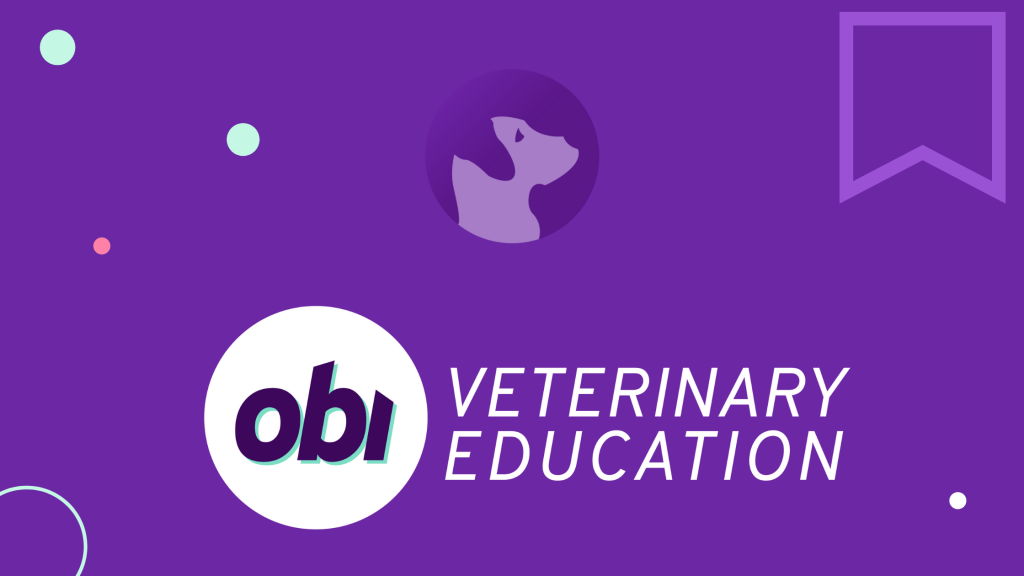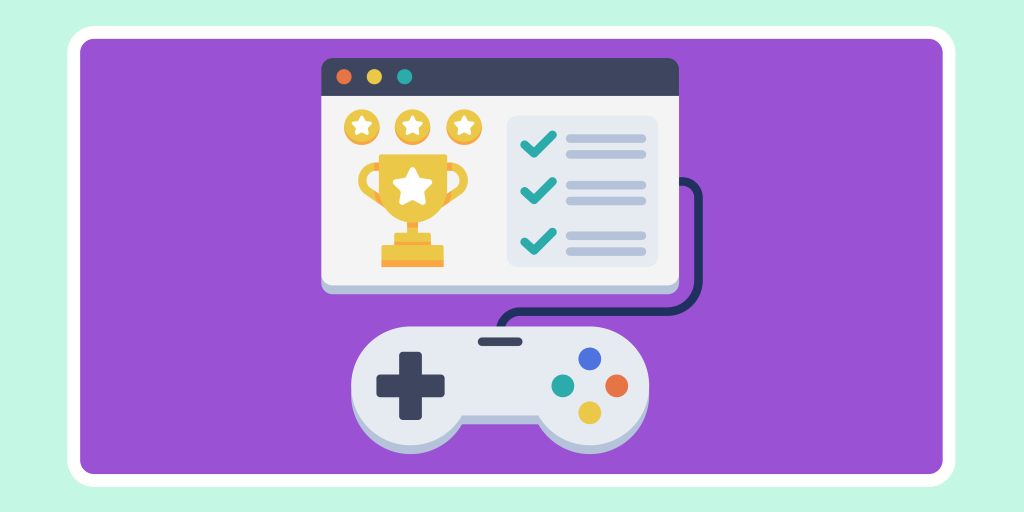
The Obi Difference: Microlearning Continuing Education
There is a reason Obi Veterinary Education is focused on microlearning continuing education. In veterinary school, we sat through long days, and hours upon hours of lectures. Even then it was probably not the best way to learn, but for many of us it was our only major responsibility. We didn’t have the 9-5 (or more realistically the 9-9), and most of us did not have children or families to support yet. Learning as much as possible in school was our singular focus, and I have still forgotten more than half of it.
So, when it comes to learning, and I mean truly learning and retaining information after veterinary school, I knew there had to be a better way than webinars and conferences. Webinars and conferences will help you get your 30 hours of CE, but if you want to do both complete RACE-approved CE and retain what you’ve learned, then you have to reach for a different tool. So here it is: microlearning continuing education.
What is Microlearning Continuing Education?
Microlearning “refers to short lessons or modules and short term activities intended to reinforce course objectives.” (1) Microlearning has a number of different names, including bite-sized content, modular education, minicourses, or just-enough learning. The power of microlearning comes from its timing and delivery. The content is asynchronous, meaning that you can engage with it on your own schedule and the time commitment is manageable. For continuing education, microlearning means providing short content on the web or a mobile application that can be accessed as you please.

Does it work?
A 2019 scoping review of microlearning in health professions only found 17 papers that met the inclusion criteria evaluating this new teaching method (1). However, there was good success of most of these studies. For example, an evaluation of the use of screencasts in embryology education found that “most students viewed the screencasts favorably in terms of usefulness to their learning, and end‐of‐module written examination scores suggest that the screencasts may have had a positive effect on student outcome when compared with previous student attainment.” (2)

How Obi Uses Microlearning
Obi is committed to bringing together high-quality educational content from specialists with a passion for education and the people who share our vision for the difference that microlearning can make. Our online veterinary continuing education harnesses the power of short video lessons to improve knowledge retention. Lessons are never more than five minutes, focus only on essential learning objectives, and are designed for you to consume 1-3 lessons a day. This way we can build a daily learning habit to fit into your schedule. Our courses are designed to be taken in order, as lessons build on each other. However, if there is a topic you need to look up you can always access that lesson at home or on the clinic floor. Currently, courses and lessons on Obi are accessible on the web, and with plans to develop a phone app by the end of 2021.
Join us and experience the difference microlearning can make. We believe you shouldn’t have to find an hour or two in your day, multiple times a month to continue learning. Obi Veterinary Education puts high quality video resources at your fingertips, available on-demand whenever you need it.
De Gagne J, Park H, Hall K, Woodward A, Yamane S, Kim S. Microlearning in Health Professions Education: Scoping Review JMIR Med Educ 2019;5(2):e13997. https://mededu.jmir.org/2019/2/e13997
- Evans, D. (2011). Using embryology screencasts: A useful addition to the student learning experience? Anatomical Sciences Education, 4(2), 57–63. https://doi.org/10.1002/ase.209





